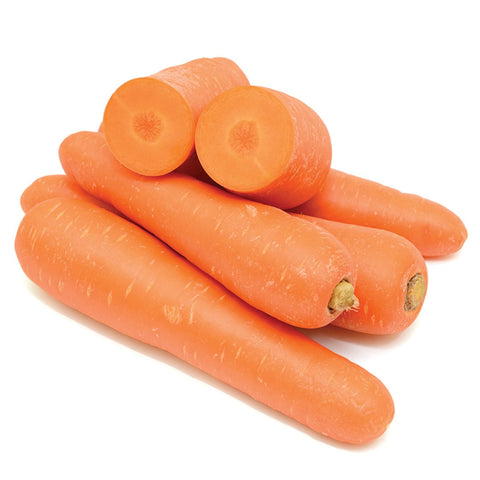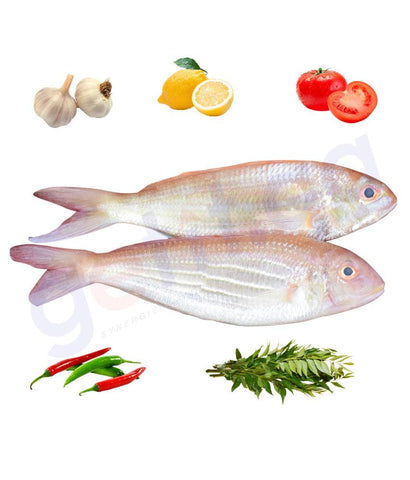| Environment/Climate/Range |
They are present along the coasts of East and South Asia, Western Europe, and the Mediterranean, as well as all coasts of Africa and Australia but are totally absent from the Americas. By the time the family evolved, ostensibly in the Old World, the North Atlantic possibly had become too cold and deep for these warm-water species to cross. The common cuttlefish (Sepia officinalis), is found in the Mediterranean, and North and Baltic Seas, although it has been suggested populations occur as far south as South Africa. They are found in sublittoral depths, between the low tide line and the edge of the continental shelf, to about 180 m (100 fathoms)."The cuttlefish is listed under the Red List category of "Least Concern" by the IUCN Red List of Threatened Species |
| Distribution |
This species has a wide geographic distribution (Reid et al. 2005). It occurs in the northeast and east Atlantic Ocean and Mediterranean Sea extending from the Shetland Islands and Norway in the north, through the Mediterranean Sea to northwest Africa (i.e. to Senegal) in the south (Reid et al. 2005). It is not present in the Baltic Sea (Reid et al. 2005). |
| Size / Weight / Age |
Cuttlefish have large, W-shaped pupils, eight arms, and two tentacles furnished with denticulated suckers, with which they secure their prey. They generally range in size from 15 to 25 cm (6 to 10 in), with the largest species, Sepia apama, reaching 50 cm (20 in) in mantle length and over 10.5 kg (23 lb) in mass. |
| Short description |
The cephalopods (meaning 'head-footed'), a group of molluscs containing the octopuses, squid and cuttlefish, are probably the most intelligent of all invertebrates. They have well-developed heads, with large eyes and mouths that feature beak-like jaws. The body of the common cuttlefish is flattened and broad, and is therefore oval in cross-section . A fin runs around the body from behind the head . Encircling the mouth there are eight 'arms' with suckers, which are used to manipulate prey, there are also two tentacles with flattened paddle-like tips, which can be rapidly extended and are used to catch prey. This species has excellent camouflage; it is able to change its colour to match its surroundings. Colour is therefore extremely variable, but is typically blackish-brown, mottled or striped, usually with paler underparts. Cuttlefish have an internal shell known as a cuttlebone, which is filled with gas and aids buoyancy; these shells are found washed ashore, and are often given to pet birds as a source of calcium and other minerals. |
| Biology |
Cuttlefish swim using the fin that passes around the body. They can also rapidly expel water and move quickly by 'jet-propulsion'. Like all cephalopods, the common cuttlefish is an active predator, feeding on molluscs, young fish, and crabs. Other species of cuttlefish may also be taken, and cannibalism has been reported . When threatened, this species releases ink (known as sepia) into the water to produce a protective 'cloud' which confuses predators and allows the cuttlefish to escape. During spring and summer, males and females migrate to warmer water in order to spawn . Males often engage in spectacular displays to attract a female, in which bands of colour pass rapidly along the body; fighting over females is common. The eggs are attached to objects on the sea floor such as shells and seaweeds ; after spawning, both the males and females die . Young cuttlefish reach maturity at 14-18 months of age, and the average life span is 1-2 years. |














